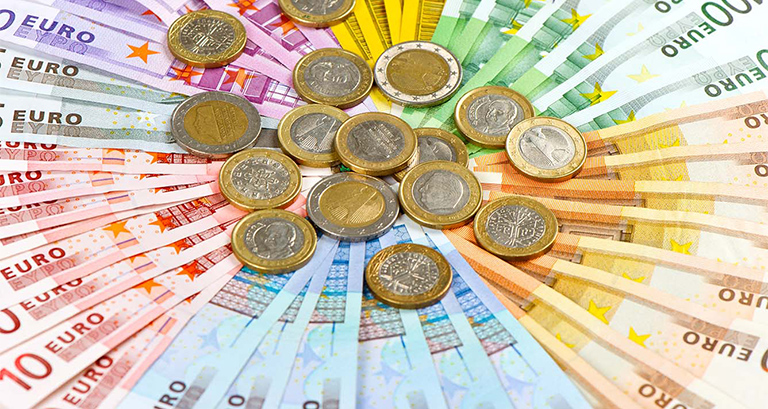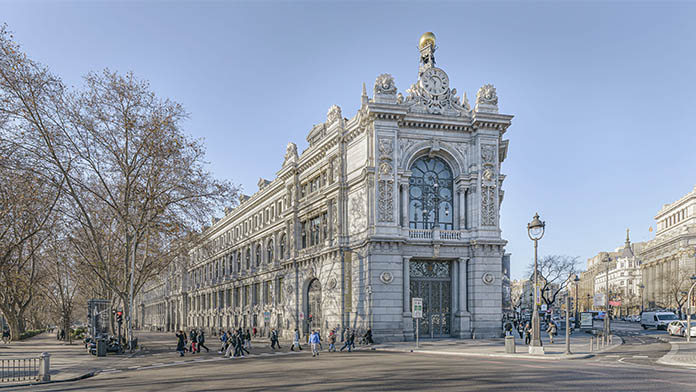General aspects
Euro coins are produced on an industrial scale, using specialised machinery to apply strict quality control measures in the manufacturing process. As a result, they produce coins with a high-quality visual appearance and surface finish in which the engravings are faithfully reproduced and which incorporate security measures in their structure that make counterfeiting difficult.
Although metallic coins are resistant due to the material used in their manufacture (copper, bronze, brass, etc.), their prolonged use or other circumstances (deformation, corrosion, fire, etc.) can cause damage affecting their characteristics, and make them difficult to identify. We would be facing damaged coins.
Despite the rigorous quality controls carried out in their production, metallic coins may also, exceptionally, have a manufacturing defect. They are called defective coins. In these cases, coins are considered legitimate but not suitable for circulation and they are exchanged at the branches of the Banco de España.
Unfit coins (damaged and defective) should be withdrawn from circulation to prevent problems in their identification by vending machines, as well as to prevent confusion on their authenticity among users.
The Banco de España puts new euro coins into circulation to maintain their quality, and withdraws from circulation those not suitable, whether or not they are exchanged.
In the following link you will find the complete information and the procedure to exchange damaged coins..


